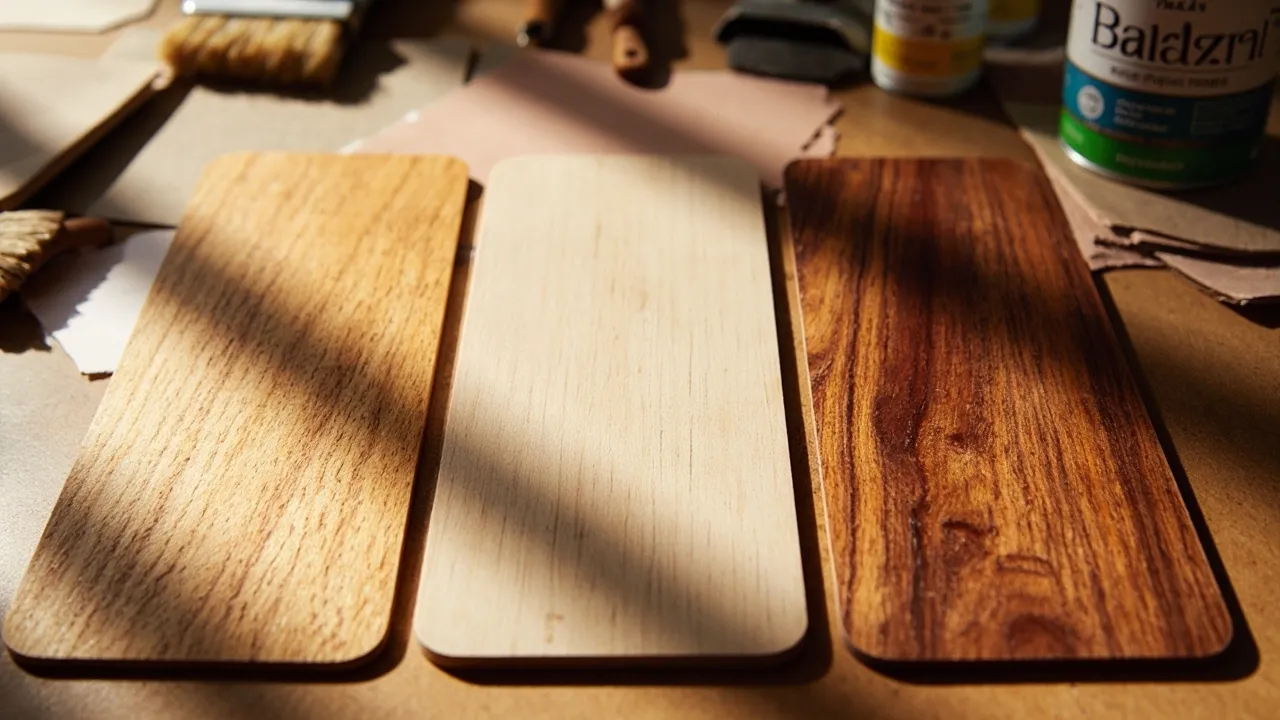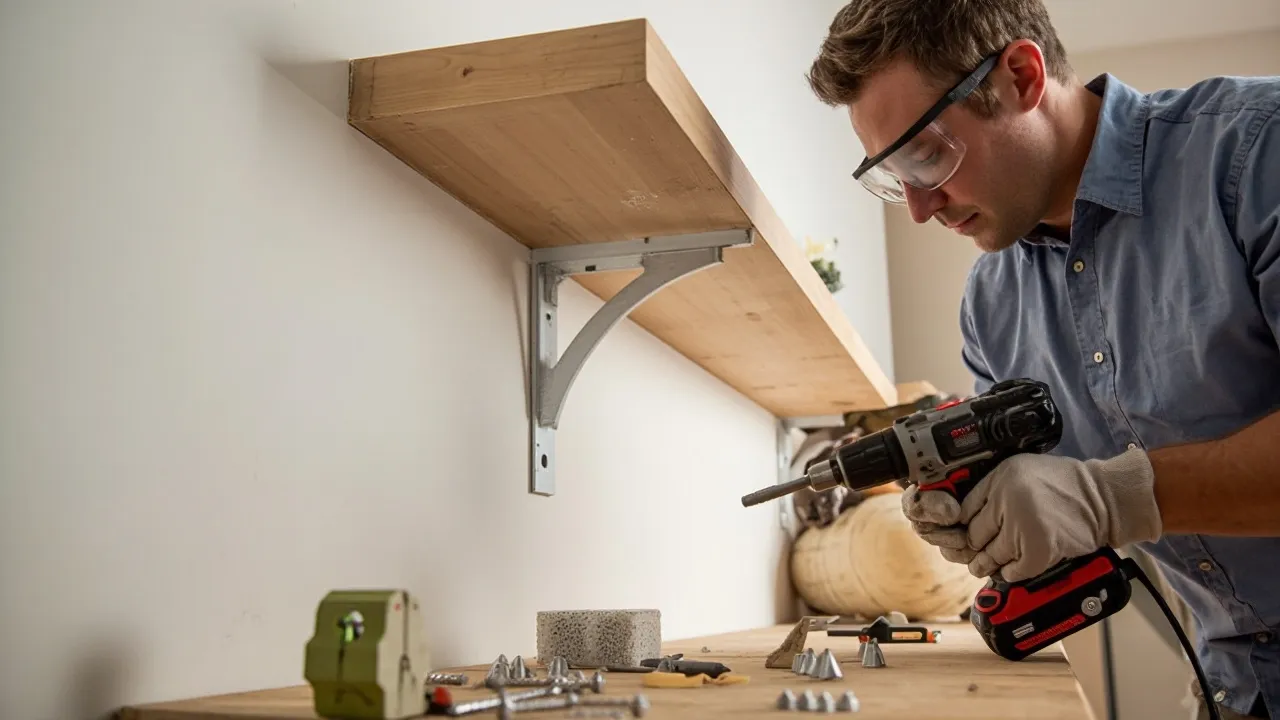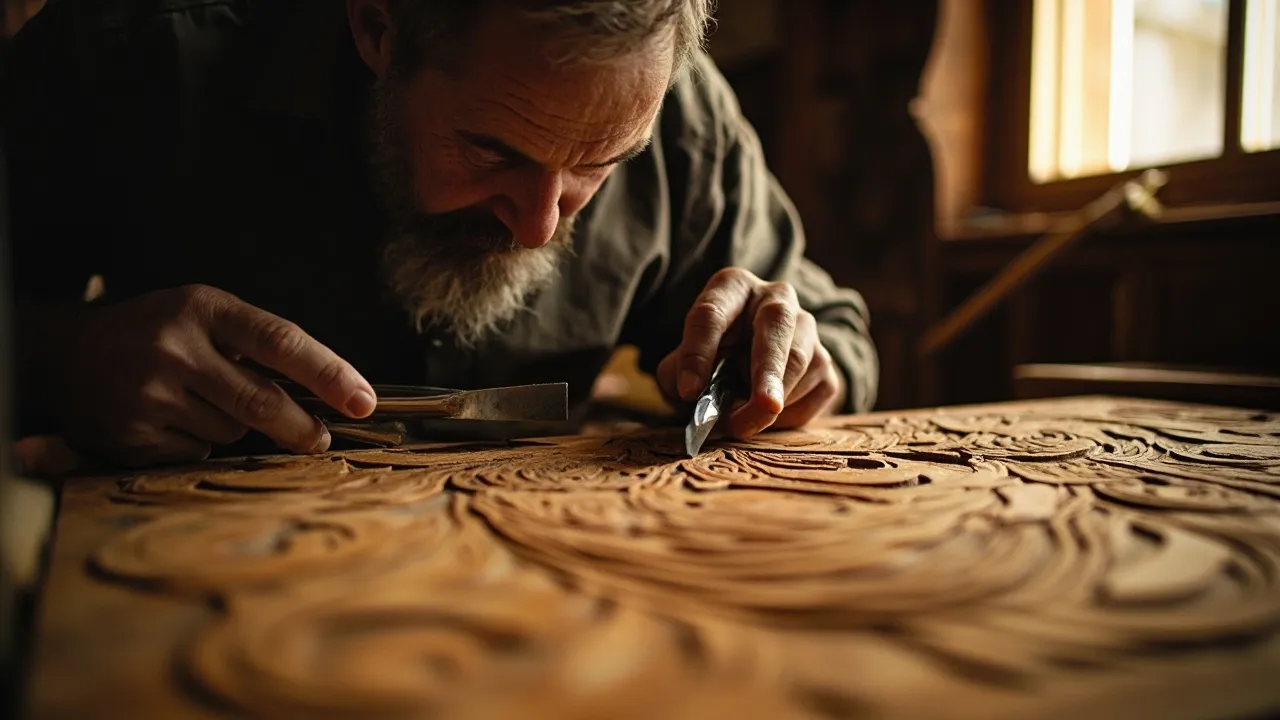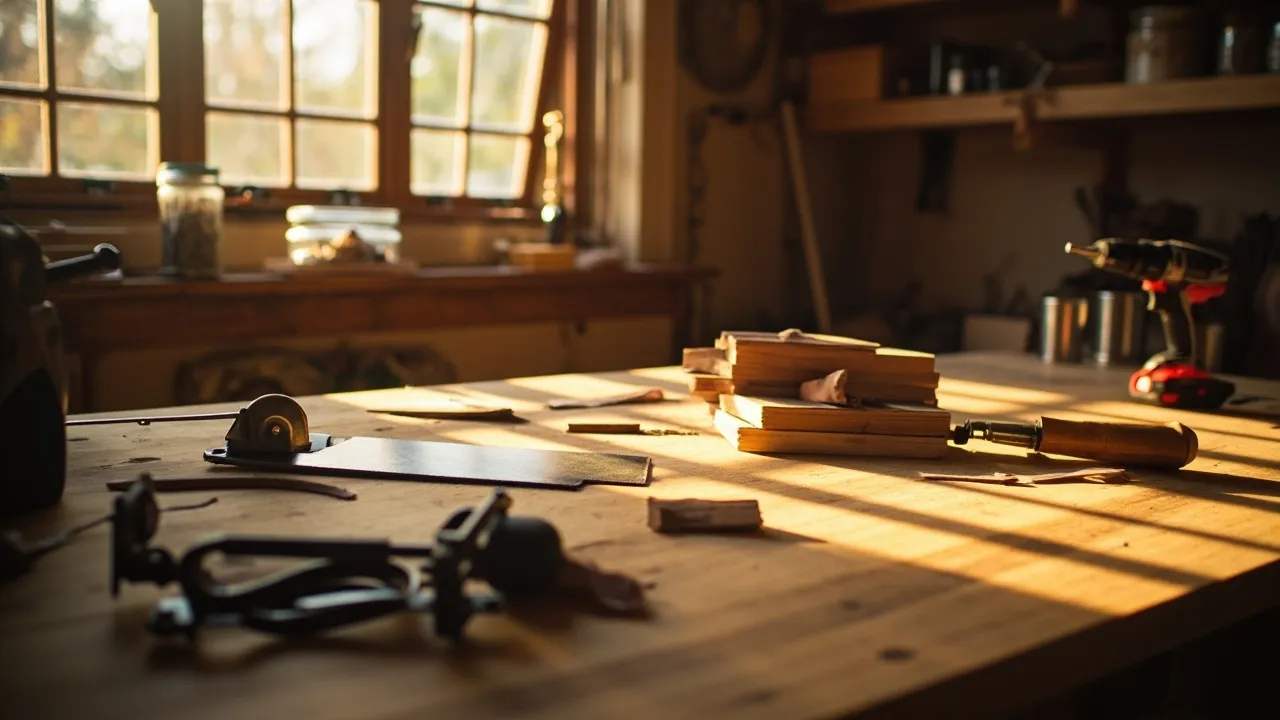When I first started refinishing my grandmother’s oak dining table, I quickly learned that choosing wood finish based on wood type isn’t just about aesthetics – it’s about preserving history. That table had survived fifty Michigan winters and needed special care. Whether you’re restoring antiques in New England or building Adirondack chairs for your Florida patio, understanding how to choose wood finish based on wood type will save you time, money, and frustration.
Table of Contents
Why Choosing Wood Finish Based on Wood Type is Crucial for Long-Term Success
Selecting the wrong finish can lead to catastrophic results. I once watched a neighbor’s beautiful cedar deck in Seattle warp beyond repair after just two years because he used an interior-grade varnish. Choosing wood finish based on wood type and climate isn’t optional – it’s essential for:
- Preservation – The right finish acts like sunscreen for wood, blocking UV rays that cause graying and deterioration
- Durability – Proper finishes prevent scratches, stains, and water rings on your furniture
- Beauty Enhancement – Certain finishes make grain patterns pop while others provide a smooth, modern look
Climate-Specific Considerations When Choosing Wood Finish Based on Wood Type
For Humid Climates (Southern States):
- Look for finishes with mildewcides like those from Flood Products
- Consider marine-grade spar urethanes (TotalBoat is excellent)
- Avoid oil-based products that stay tacky in high humidity
For Arid Regions (Southwest):
- Penetrating oils like Watco perform best
- Water-based finishes may dry too quickly
- UV protection is critical – try finishes with zinc oxide additives
For Variable Climates (Midwest/Northeast):
- Flexible finishes like epoxy hybrids work well
- Look for products rated for freeze-thaw cycles
- Annual maintenance is more important here than other regions
The Science Behind Choosing Wood Finish Based on Wood Type
Different wood species have unique cellular structures that affect finish performance. Understanding these differences is key to choosing wood finish based on wood type correctly.
Softwood Anatomy and Finish Compatibility
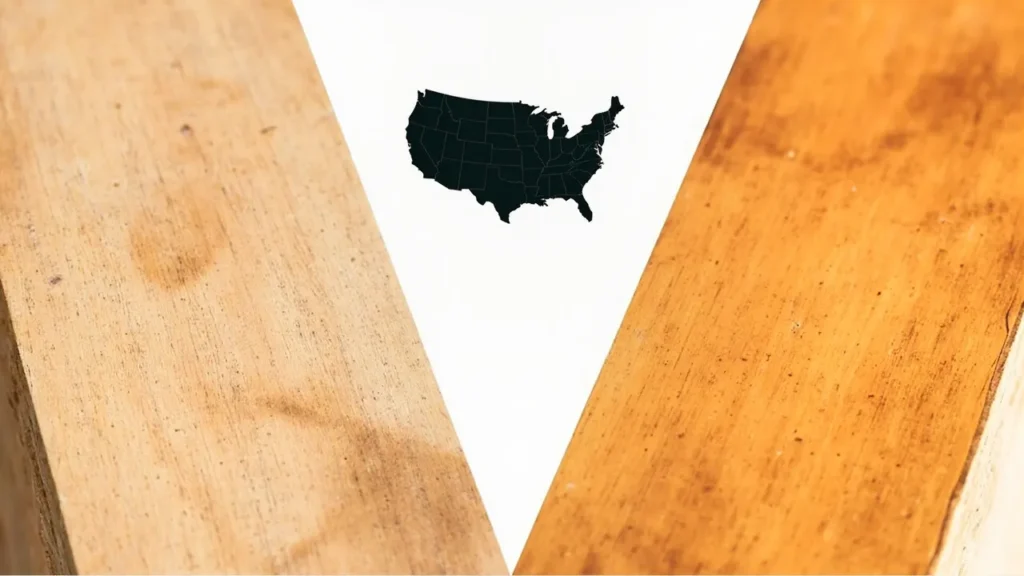
Softwoods like pine and cedar have:
- Large, open pores that absorb finishes unevenly
- Lower density that makes them prone to denting
- Natural resins that can interfere with drying
Best Finish Strategies for Softwoods:
- Always use a pre-stain conditioner (Minwax makes a good one)
- Consider gel stains for more even coloring
- Topcoat with water-based poly for clarity
Hardwood Characteristics and Finish Selection
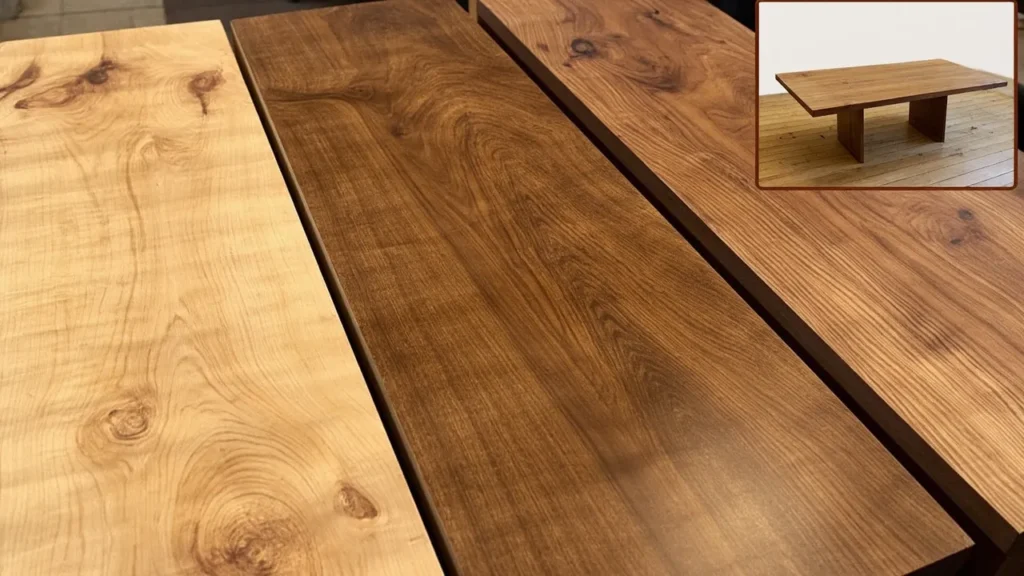
Hardwoods like oak and maple feature:
- Tighter grain patterns
- Higher natural density
- More consistent absorption rates
Optimal Finishes for Hardwoods:
- Oil-based finishes enhance natural figuring
- Lacquers provide excellent durability
- Waxes work well for low-traffic pieces
Complete Guide to Choosing Wood Finish Based on Wood Type
Now let’s examine specific wood types and their ideal finishes in detail.
Softwoods: Choosing the Right Protection
Pine: The Beginner’s Wood
- Most common at big box stores
- Benefits from sanding sealer before finishing
- Try General Finishes Arm-R-Seal for durability
Cedar: Nature’s Weather-Resistant Wood
- Contains natural preservatives
- Use semi-transparent stains to preserve aroma
- Avoid opaque finishes that hide grain
Fir: The Forgotten Softwood
- Often used in vintage furniture
- Responds well to amber-toned finishes
- Requires grain filler for smooth results
Hardwoods: Choosing Finishes That Enhance Beauty
Oak: The Classic American Wood
- Open grain needs filling for smooth finishes
- Darkens beautifully with oil-based products
- Try Rubio Monocoat for a modern look
Maple: The Pale Perfectionist
- Can blotch terribly if not pre-treated
- Water-based finishes prevent yellowing
- Consider milk paint for a Shaker-style look
Walnut: The Sophisticated Choice
- Naturally rich color needs little enhancement
- UV finishes prevent lightening
- Osmo Polyx-Oil works beautifully
Advanced Techniques for Choosing Wood Finish Based on Wood Type
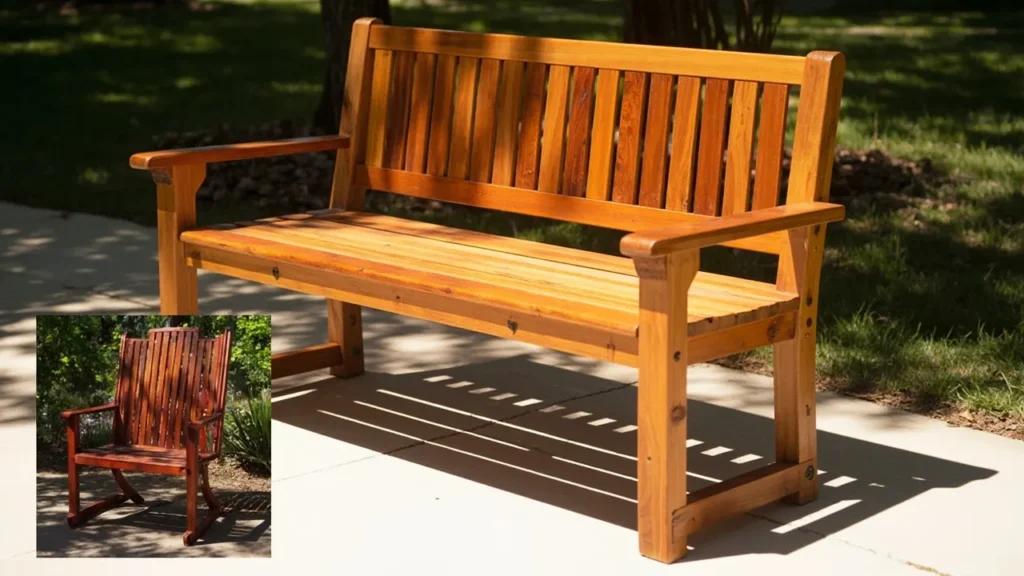
Matching Finish to Project Type
For Kitchen Tables:
- Conversion varnish offers maximum durability
- Look for FDA-approved food-safe options
- Consider ease of repair when choosing
For Outdoor Furniture:
- Marine varnishes withstand constant exposure
- Epoxy coatings provide ultimate protection
- Reapplication frequency matters most
For Decorative Pieces:
- French polishing creates museum-quality shine
- Wax finishes allow for easy touch-ups
- Consider the piece’s historical period
Common Mistakes When Choosing Wood Finish Based on Wood Type
- Using Interior Finishes Outdoors – Always verify exterior ratings
- Skipping Surface Prep – Sanding and cleaning are non-negotiable
- Mixing Incompatible Products – Know your finish chemistry
- Ignoring Climate Factors – Your local humidity matters
- Rushing the Process – Patience prevents problems
Regional Recommendations for Choosing Wood Finish Based on Wood Type
Pacific Northwest:
- High humidity requires breathable finishes
- Look for products specifically tested in wet climates
- Annual maintenance is essential
Southwest Desert:
- UV protection is the top priority
- Penetrating oils outperform surface films
- Dust control during application is critical
Gulf Coast:
- Salt air demands marine-grade products
- Mildew resistance should be a key factor
- More frequent reapplication needed
The Future of Choosing Wood Finish Based on Wood Type
Emerging technologies are changing the finish landscape:
- Nano-ceramic coatings offer incredible durability
- Plant-based finishes are gaining popularity
- Smart finishes that change with temperature
FAQs of Choosing Wood Finish Based on Wood Type
Q: Can I use food-safe finishes for cutting boards or kitchen utensils?
A: Absolutely! For projects that contact food, use:
- Mineral oil + beeswax (simple and renewable)
- Pure tung oil (fully cured = food-safe)
- FDA-approved butcher block oil (like Howard’s)
Avoid standard polyurethane unless labeled food-safe.
Q: Why does my finish feel sticky even after drying?
A: Common causes:
- High humidity during application (use dehumidifier)
- Applying too thick (sand lightly with 400-grit and recoat)
- Incompatible products (e.g., oil over uncured water-based finish)
Q: How do I fix blotchy stain on pine or cherry?
A: Prevent uneven absorption with:
- Wood conditioner (like Minwax Pre-Stain)
- Gel stains (more controllable)
- Toning with dye (advanced technique)
Q: Is there a zero-VOC finish option for indoor use?
A: Yes! Eco-friendly picks:
- AFM Safecoat Polyureseal (water-based)
- Real Milk Paint’s Citrus Solvent Wax
- Vermont Natural Coatings PolyWhey
Q: Can I apply finish in cold temperatures?
A: Most finishes need:
- 50-90°F for proper curing
- Workaround: Use fast-drying lacquer or move project indoors
Q: What’s the best way to maintain an outdoor wood finish?
A: Annual upkeep:
- Clean with deck cleaner (30 Second Cleaner)
- Lightly sand rough areas
- Apply fresh topcoat (same product as original)
Q: Why does my wood finish bubble when applying?
A: Likely causes:
- Shaking (not stirring) the can → aerates finish
- Applying in direct sunlight → dries too fast
- Dirty surface → contaminants prevent adhesion
Q: How can I get a matte (non-shiny) finish?
A: Options:
- Rubio Monocoat (hardwax oil)
- Flat/matte polyurethane (General Finishes)
- Wax over stain (traditional look)
Q: What’s the difference between “wipe-on” and “brush-on” poly?
A:
| Type | Thickness | Dries | Best For |
|---|---|---|---|
| Wipe-on | Thin | Fast | Small projects, beginners |
| Brush-on | Thick | Slow | Floors, heavy wear |
Q: Can I paint over an existing wood finish?
A: Only if you:
- Degloss with sandpaper (120-grit)
- Use bonding primer (like Zinsser BIN)
- Choose 100% acrylic paint for flexibility


